Last Updated on May 2, 2024
Wondering whether you can grow food in your sidewalk planting? Here’s what the science says about safe practices for a boulevard garden that includes edibles.
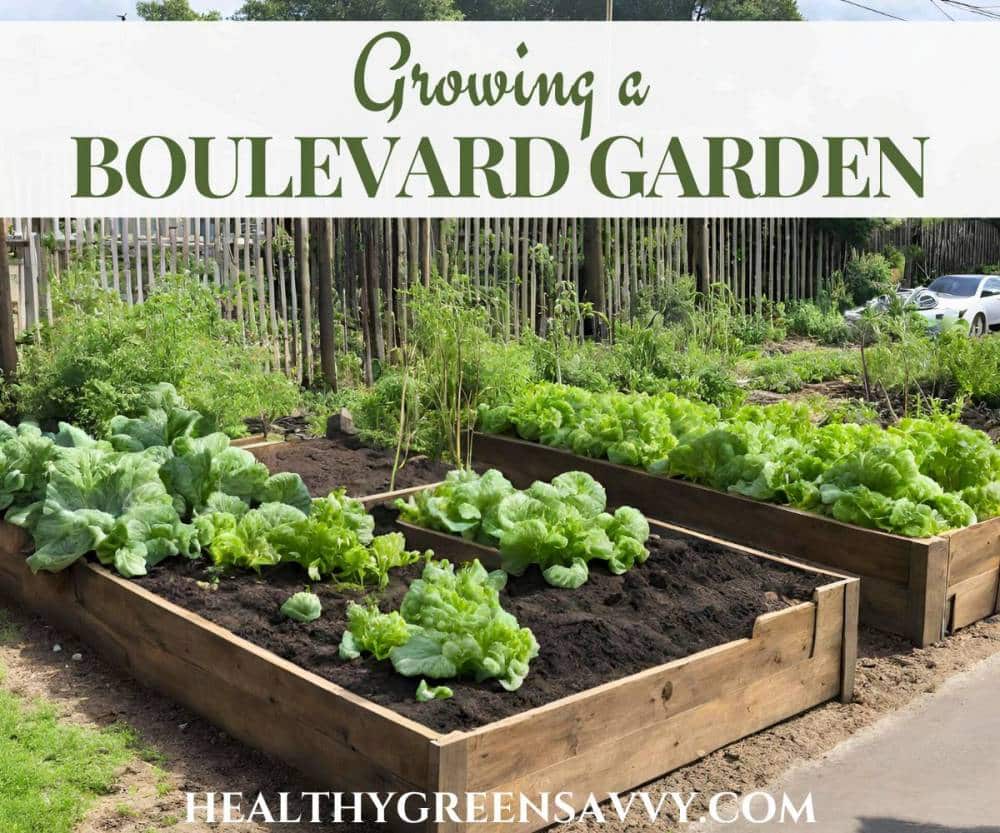
CAN YOU GROW FOOD IN A BOULEVARD GARDEN?
I live on a tiny corner lot with no back or side yard, so I’ve always had to look for creative places to grow food. From hanging upside-down tomatoes on the porch railings to pots of herbs along the driveway, I’ve squeezed edibles into most of my available space.
That includes my boulevard, which has some of the best sun exposure. Also known as the sidewalk strip, road verge, curb strip, parking strip, parkway, or hellstrip, boulevards are typically waste areas, where homeowners only go when they need to mow.
Silly, right? Wasting time and energy (and creating climate pollution) maintaining grass you don’t even use. If you’re rethinking your use of a sidewalk strip, consider creating an area that’s environmentally positive instead, possibly even a productive place to grow food.
Whether or not you’re ready to grow food in a boulevard garden, you might explore some of these grass alternatives to make your parking strip landscaping more eco-friendly.
As urban vegetable gardening has caught on in the last decade or so, more food gardens have cropped up by roadsides, growing bountiful fruits and veggies right next to the street. Some of these are ‘giving gardens,’ little veggie patches meant for sharing with passersby.
As I learned more about permaculture gardening, I sought out more places to plant fruit trees and berry bushes. My sunny sidewalk strips were growing little besides weeds, and the space next to the street accounted for a sizeable fraction of available growing space. So I squeezed in as many fruit trees as I could along with fruiting shrubs and loads more edible plants, as well as flowers and groundcovers.
My curbside edibles now include one apple tree, two serviceberry trees, two elderberry bushes, four rhubarb plants, and seven honeyberry bushes. As I’ve smothered the last remnants of the grass and weeds that used to call the parking strip home, I’ve sought out plants that can cover a lot of ground and also provide food for our family and resident wildlife.
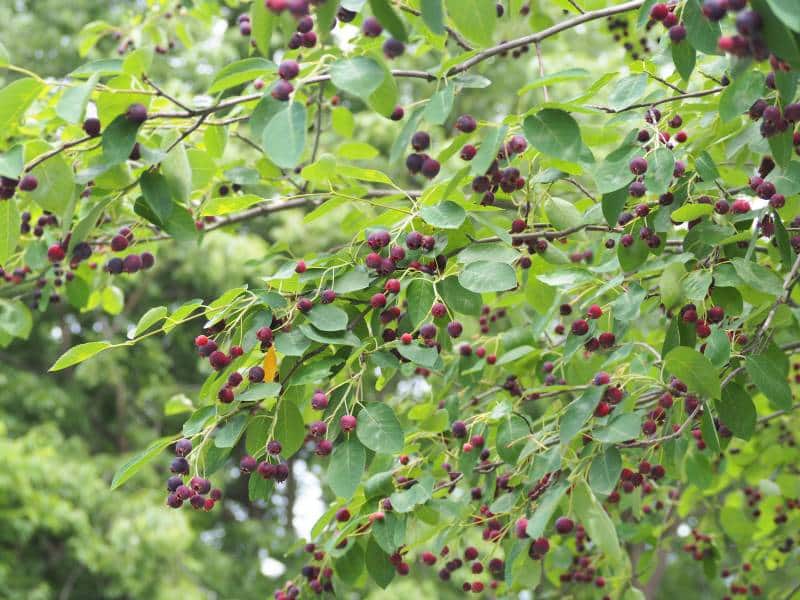
There’s a good deal of mint and volunteer lemon balm, as well as some plants that are technically edible, but serve mainly as groundcovers and pollinator food like wild ginger, bee balm, amaranth, flax, and lemon thyme. I also harvest many “weeds” growing there, like dandelions, wild violets, wild spinach and purslane.
Here are collections of purslane recipes, violet recipes. and lambs quarter recipes I’ve compiled if you’d also like to make the most of the edible weeds growing in your yard.
More than one person has asked me as I was out harvesting lemon balm and honeyberries by the curb with my two little kids: Is it really safe to eat food grown next to the street?
WHAT TO KNOW ABOUT SOIL CONTAMINANTS IN BOULEVARD GARDENS
You’ve probably heard the advice not to grow food next to your home if it was built before 1978, when lead additives were banned from paint. When we scrape old paint from pre-1978 homes, the lead-contaminated chips wind up in our soil and can get on food grown there.
You might not be as familiar with the problem of lead in soil by busy streets. Before the 1996 ban on leaded gasoline, the exhaust from passing cars deposited lead particles in adjacent parking strips. It accumulated over time, and it’s persistent, staying in the soil indefinitely.
Nic Jelinski, Associate Professor in the Department of Soil, Water and Climate at the University of Minnesota, maps urban soil contamination in the Twin Cities and has discovered wide variation in contaminant levels, even within small areas. Jelinski emphasizes the importance of knowing an area’s history, as a site’s use will affect levels of lead and other industrial contaminants.
In the Twin Cities, for example, battery factories have left cadmium in certain areas, while pesticides have deposited arsenic more widely. Traffic history, Jeliniski notes, is a critical element to understanding possible lead contamination. If you live near a highway built after 1996, for example, lead from car exhaust should not be much of an issue. Urban streets with lots of traffic prior to 1996, however, may have elevated levels of lead in roadside soil.
The curious passers-by I’ve encountered over the years have wondered about contaminants from present-day traffic landing on my food or getting thrown up from the street by plowing. Gil Gabanski of the Hennepin County Environment and Energy Department has overseen extensive sampling of garden soil in the Twin Cities and reports that besides lead from buildings and arsenic from pesticides, they have found very little contamination in metro-area soils.
Polycyclic aromatic hydrocarbons (PAHs) from petroleum combustion (what comes out of your tailpipe if you’re not driving an electric car) occur at such low levels, Gabanski says, there’s really nothing to worry about.
His primary advice for avoiding contaminants of all kinds: Don’t eat the dirt.
Gabanski recommends washing or peeling produce and reminds people of other exposure routes that worry him more, especially inhalation of contaminated soil dust and absorption through the skin while working in the garden.
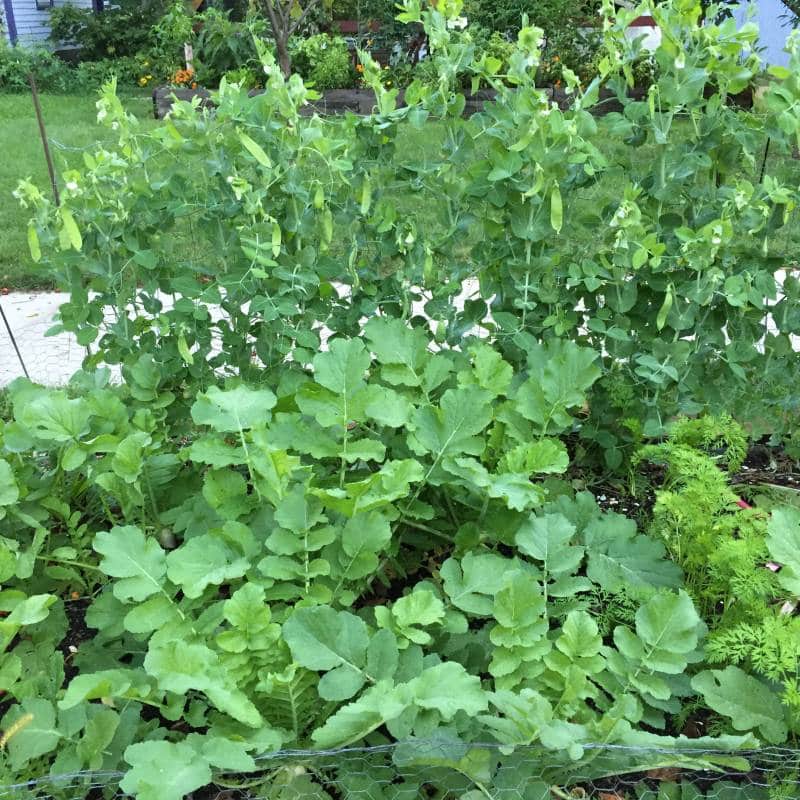
TESTING FOR CONTAMINANTS IN YOUR BOULEVARD GARDEN
To test soils for lead, soil testing labs have homeowners collect multiple samples from each area of concern. I live on a corner, and one street is somewhat busier than the other, so I tested those areas separately.
Since the primary concern with lead in the soil is not uptake by plant roots but surface soil landing on edible plants, I also took separate samples from the soil surface and four inches down to find out if there was a difference in the lead concentrations between soil deposited there more and less recently.
I selected several spots on each boulevard within a few feet of the street, mixing them together to get a composite reading for each area and depth as instructed. I also sent a sample of the soil in my raised-bed garden for comparison.
My samples came back within a week, and the results were heartening, since I’ve been feeding my kiddos boulevard-grown food for years. The garden soil, which had been taken from mid-yard and mixed with compost and a little sand, had the lowest levels, 12 ppm.
I expected to find the highest levels of lead a few inches down on the busier street, since decades of soil accumulation should have buried the contaminated soil. To my surprise, that sample was just a little higher than the garden box, 16ppm.
The 4-inch sample on the less busy street was also 16ppm, the surface slightly lower at 14 ppm. The big surprise was the surface of the busier street, more than twice that of the garden, with lead levels at 25ppm. It’s likely that the soil I had brought into that area a decade earlier had elevated lead levels.
Now, while double may seem like a lot, naturally-occurring background levels of lead range from 7-20 ppm. Experts generally use 100ppm as an upper limit for garden soil if children might come into contact with the dirt or eat unwashed produce. Jelinski notes that even much more contaminated soil may be used to grow food safely where children won’t touch the dirt, as “best practices can mitigate risks.”
Soil test results will let you know the extractable lead levels, which is the measure used by government bodies setting standards. This will not tell you what’s in the food you grow, as uptake varies greatly from plant to plant.
Carl Rosen, Head of the Department of Soil, Water and Climate at the University of Minnesota, notes that little lead winds up in the fruiting parts of plants. Leaves are more likely to contain lead, but by far the greatest source of lead exposure from food comes from soil dust on the food itself.
The good news: It washes off readily, so rinsing your food well is your best defense. What’s more variable and less understood as of yet is how much lead our bodies absorb from what we eat.
So growing rhubarb and berries by the street appears to be pretty safe, especially as the area is mulched well. Nonetheless, given that it’s likely some soil dust lands on the food we grow, I try to be vigilant about rinsing what we pick before eating.
In our agricultural region, crop dust seems to land on everything, so I generally think that rinsing your garden produce, wherever your garden happens to be, is probably prudent. I don’t know about you, but I’m no more eager to feed my family fruits and veggies dusted with pesticide residues than with lead.
When asked whether he’d eat food grown by the road, Jelinski immediately responded, “Yes.” But he quickly qualified his answer: “It would depend on location and what we know about its history.”
If you want to test for soil contaminants other than lead, check with your local extension service to find out what they can test for.
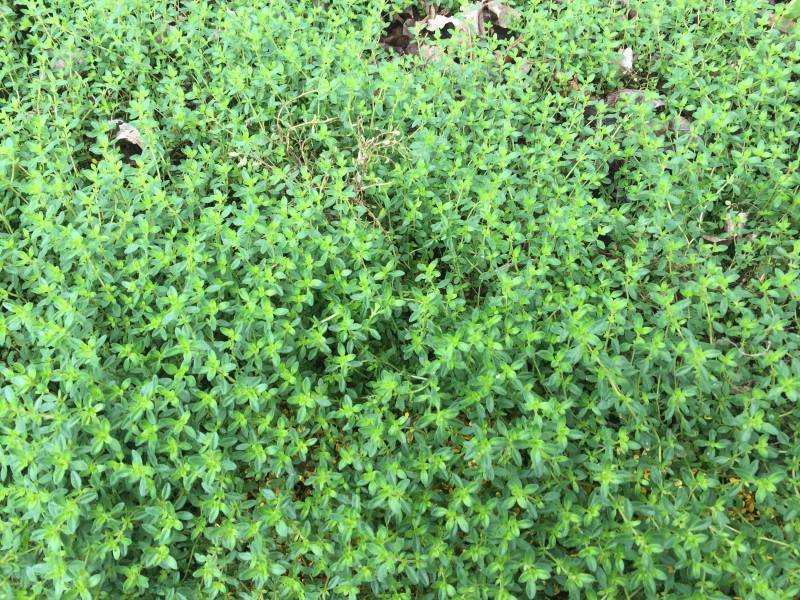
MITIGATING THE RISKS OF LEAD IN BOULEVARD GARDEN PLANTINGS
Here are some ways to reduce the risks of lead in the soil of your boulevard garden getting to your plate:
- Use raised beds, which will cover the soil you’re concerned about
- If you’re not using raised beds, consider bringing in a few inches of uncontaminated soil to cover your boulevard soil
- Plant fruit trees like serviceberries and apricots or fruiting shrubs such as haskaps or gooseberries
- Mulch well
- Raise the pH: Higher pH, less acidic soil reduces the mobility of lead
- Add organic matter, which also reduces lead mobility
- Wash all your produce before eating
- If you are gardening in contaminated soil, consider wearing gloves and a face mask to reduce exposure
ADDITIONAL CONSIDERATIONS FOR BOULEVARD GARDENS
Foot traffic:
Among the other things to consider when choosing plants for a sidewalk strip is how it’s typically used. If you have a lot of people parking next to your boulevard garden and walking across it, you’ll want to focus on fruiting trees and raised beds to keep your veggies and herbs from getting trampled. Putting in obvious paths with stones or mulch can help as well.
The Master Gardeners at the University of Minnesota have created a free resource, Plants for 30 Tough Sites, which has some helpful suggestions for plants tough enough to withstand the challenges of growing on a sidewalk strip.
Dogs:
Then there’s the issue of dogs looking for a spot to relieve themselves. Dog owners won’t necessarily notice you’re growing food and pull their doggies elsewhere to do their business, so it’s important not to grow anything you’ll want to pick and eat where it’s likely to get peed on — or worse.
That means using raised beds tall enough to lift your veggies and herbs out of harm’s way, or sticking with fruit trees.
Legal issues:
Though you own your boulevard, your city has a legal right to perform work on it, so you have to be prepared to have your garden ripped up for street improvement projects or access to buried lines or pipes. Your city also has the power to dictate what can and cannot be planted there.
If you do want to grow food on your boulevard, you’ll need to research your community’s rules. Some cities have bans on boulevard vegetable gardening, and others have height restrictions and additional rules meant to protect pedestrians and cars.
In Minneapolis, for example, though you technically can’t grow vegetables in a sidewalk strip, there’s no rule against fruit trees. And while some cities ban most fruit trees from boulevards, they not only exempt but encourage serviceberries, a native tree with delectable fruit.
Many cities require a permit to plant trees on boulevards. Check with your city before planting.
Are you obsessed with plants, also? Display your garden-geekitude proudly with one of our t-shirts for plant peeps!
Do you grow food in your sidewalk strip or boulevard garden?
Save this info on planting boulevard gardens for later!
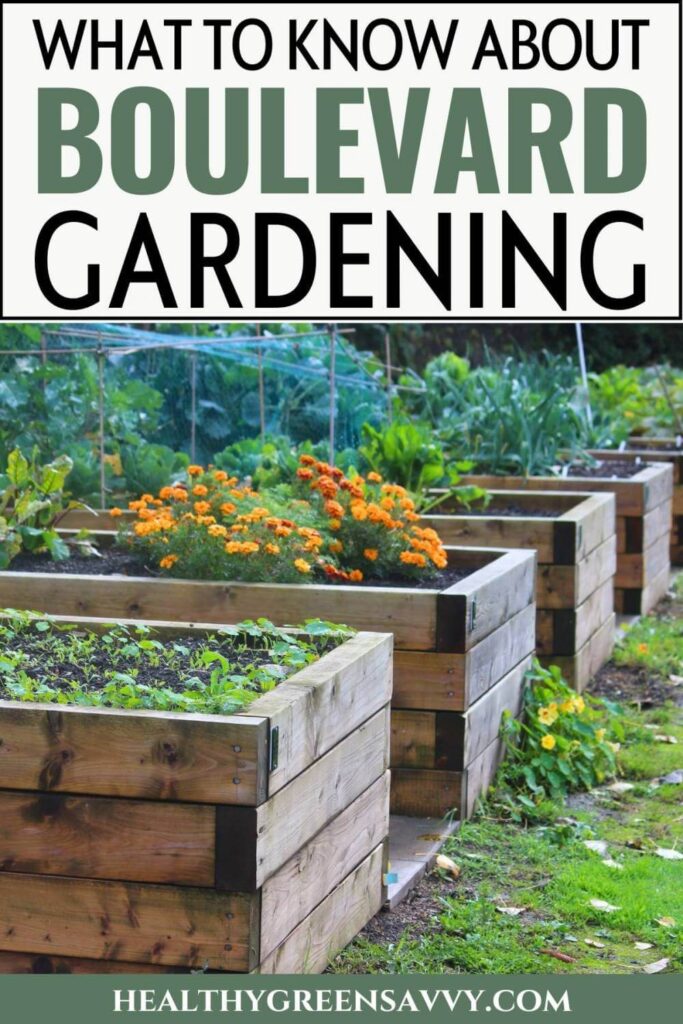
This is a revised version of an article that first appeared in Northern Gardener Magazine in 2017.

Susannah is a proud garden geek and energy nerd who loves healthy food and natural remedies. Her work has appeared in Mother Earth Living, Ensia, Northern Gardener, Sierra, and on numerous websites. Her first book, Everything Elderberry, released in September 2020 and has been a #1 new release in holistic medicine, naturopathy, herb gardening, and other categories. Find out more and grab your copy here.
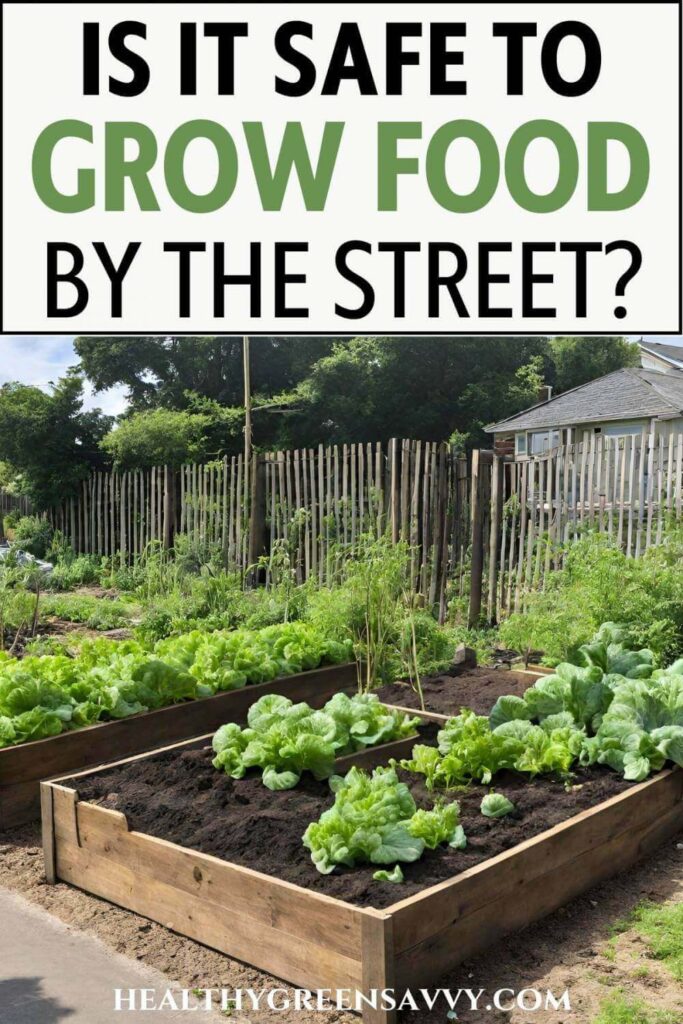

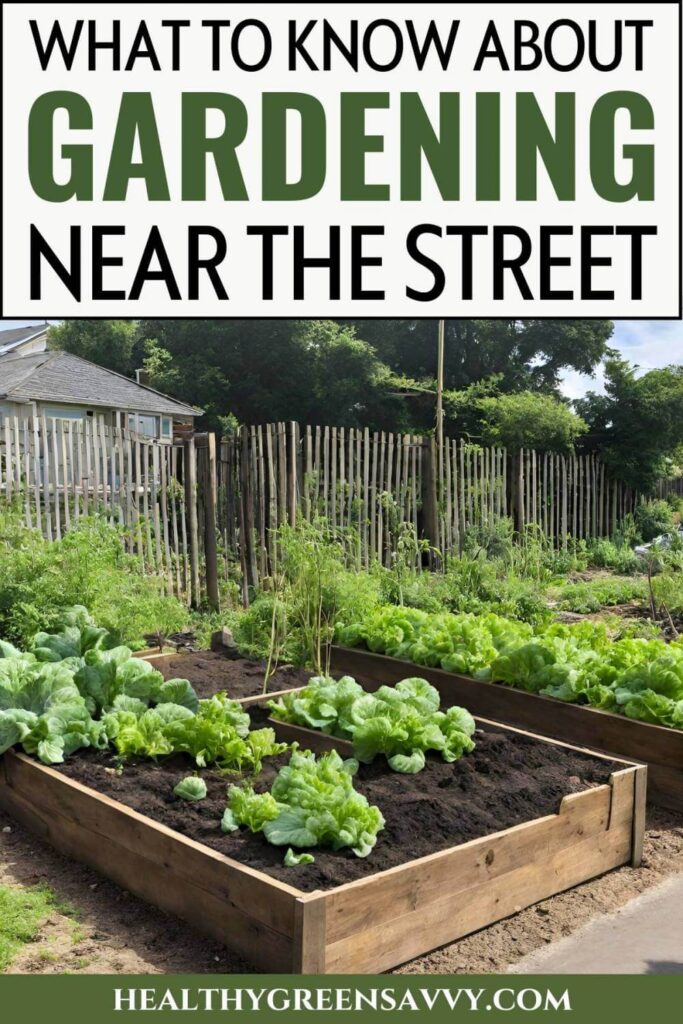
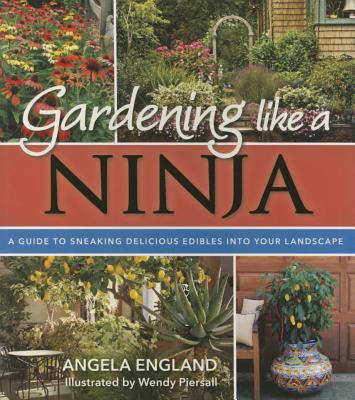
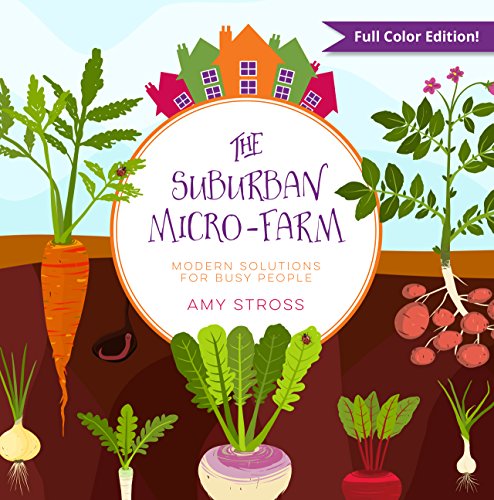

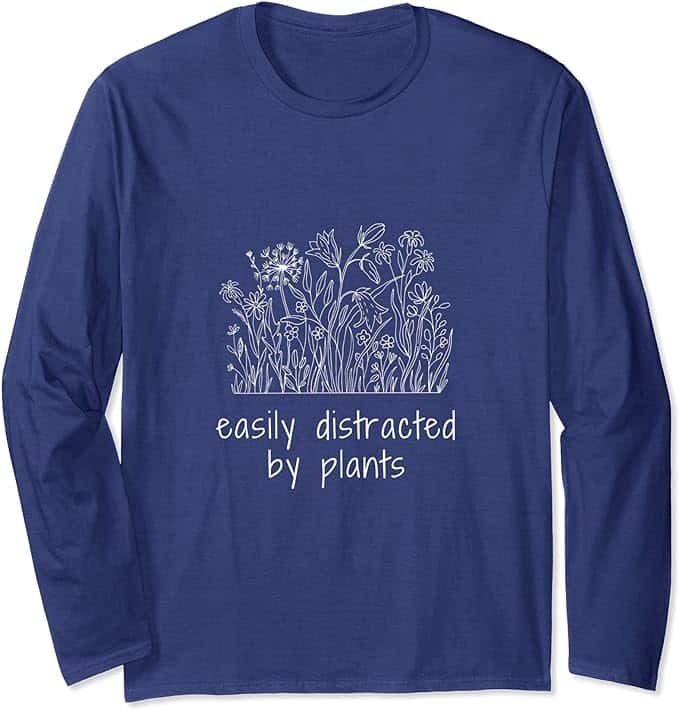
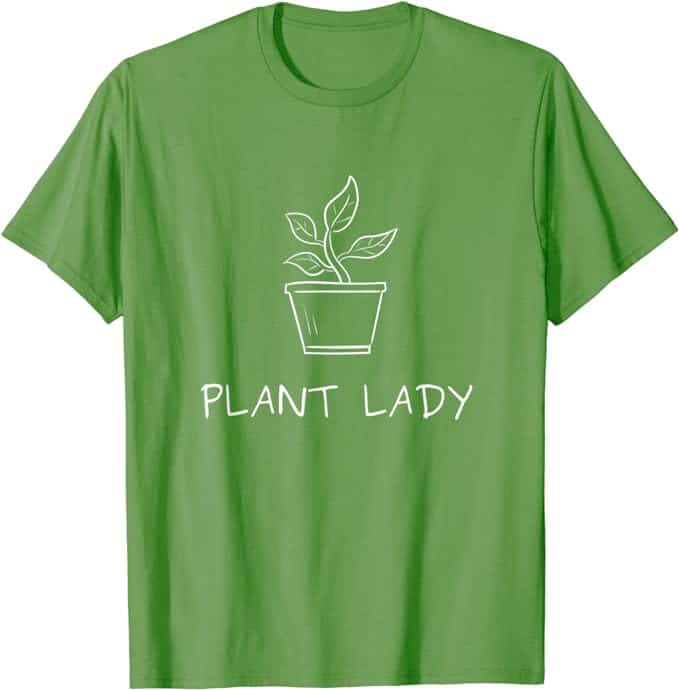
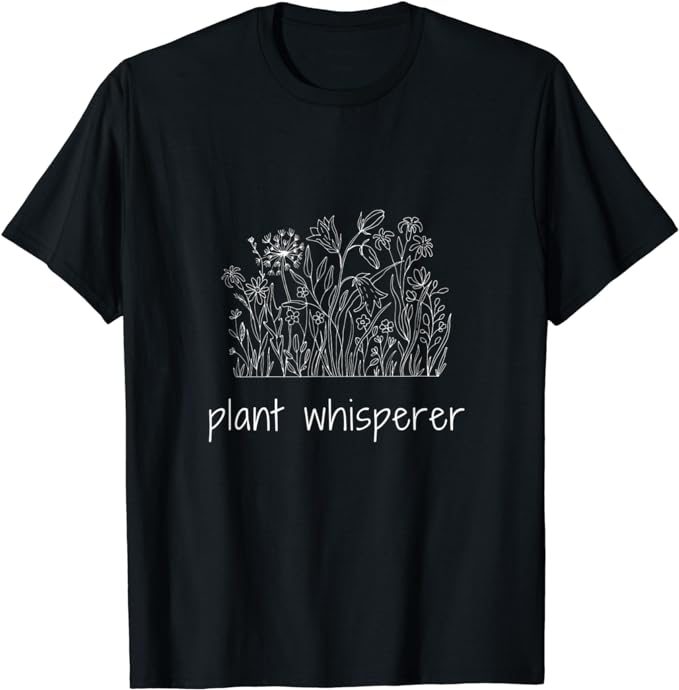
 Hi, I'm Susannah, a garden geek, energy nerd, and fan of healthy food and natural remedies. Need some simple, practical solutions for living healthier and greener? You've come to the right place! More about me and my green projects
Hi, I'm Susannah, a garden geek, energy nerd, and fan of healthy food and natural remedies. Need some simple, practical solutions for living healthier and greener? You've come to the right place! More about me and my green projects
Leave a Reply